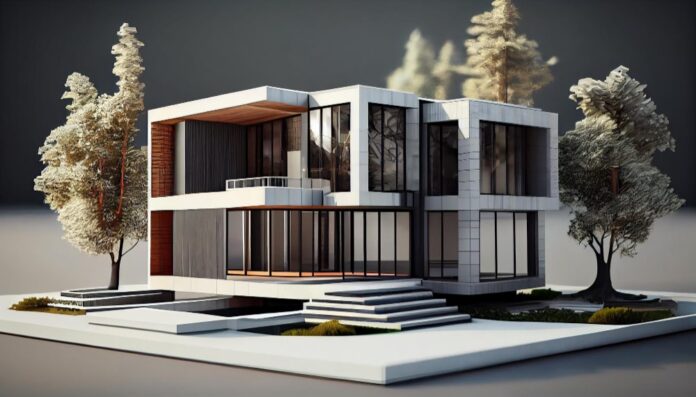Architecture styles have evolved over centuries, reflecting cultural, historical, and geographical influences. From ancient civilizations to modern innovations, each style embodies unique characteristics and aesthetics. Let’s delve into some prominent house architecture styles that have left an indelible mark on the built environment.
- Ancient Architecture
Egyptian: Known for its monumental structures like the pyramids, Egyptian architecture features massive stone construction, intricate hieroglyphic decorations, and monumental entrances.
Greek: Inspired by harmony and balance, Greek architecture showcases iconic columns, triangular pediments, and symmetrical designs seen in structures such as the Parthenon.
- Classical Architecture
Roman: Characterized by grandeur and innovation, Roman architecture encompasses arches, domes, and aqueducts. The Colosseum and Pantheon are prime examples of Roman architectural prowess.
Renaissance: Reviving classical elements, Renaissance architecture emphasizes proportion, symmetry, and domes. Palaces, cathedrals, and basilicas in Italy showcase this style’s elegance.
- Medieval Architecture
Gothic: Notable for soaring spires, pointed arches, and stained glass windows, Gothic architecture symbolizes spiritual grandeur. Cathedrals like Notre-Dame de Paris epitomize this style’s verticality and light-filled interiors.
Tudor: Characterized by half-timbered facades, steeply pitched roofs, and ornamental chimneys, Tudor architecture exudes rustic charm. Tudor manor houses are quintessential examples of this style.
- Baroque and Rococo Architecture
Baroque: Featuring dramatic forms, intricate ornamentation, and illusionistic ceiling paintings, Baroque architecture conveys power and movement. Versailles Palace exemplifies the opulence and theatricality of this style.
Rococo: Emphasizing lightness, elegance, and asymmetry, Rococo architecture incorporates elaborate decorations and pastel colors. The Palace of Sanssouci in Potsdam showcases Rococo’s whimsical charm.
- Neoclassical and Georgian Engineering
Neoclassical: Enlivened by old Greek and Roman plans, Neoclassical engineering focuses on balance, segments, and pediments. The US State house is a perfect representation of Neoclassical engineering.
Georgian: Named after the English rulers, Georgian engineering highlights adjusted extents, scarf windows, and even exteriors. Georgian condos in London represent this style’s class and refinement.
- Modern Architecture
Workmanship Deco: Described by mathematical examples, smooth lines, and enhancing themes, Craftsmanship Deco design prospered during the 1920s and 1930s. The Chrysler Working in New York epitomizes Workmanship Deco’s charm and complexity.
Innovation: Accentuating usefulness, moderation, and modern materials, Pioneer engineering split away from ornamentation. The Bauhaus School and Farnsworth House address the ethos of Innovation.
- Contemporary Architecture
Postmodern: Testing pioneer standards, Postmodern engineering embraces verifiable references, fun loving structures, and diverse materials. The Guggenheim Exhibition hall Bilbao grandstands Postmodernist advancement.
Sustainable: With an emphasis on ecological cognizance and energy productivity, Maintainable engineering coordinates green innovations and reused materials. The Sunlight based Ark in Japan represents supportable plan standards.

